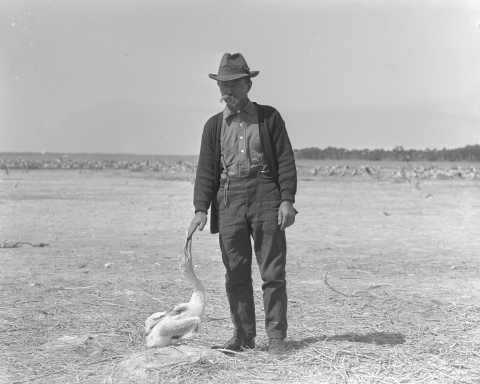About Us
The Missisquoi National Wildlife Refuge was established in 1943 to provide habitat for migratory birds. It consists of 6,729 acres, mostly wetland habitats, which support a variety of migratory birds and other wildlife. The 900 acre Maquam bog is designated as a Research Natural Area and the refuge was designated as an Important Bird Area in partnership with the Audubon Society. The Refuge in partnership with other publicly owned (State of Vermont) lands has been designated a Wetland of International Importance under the Ramsar Convention. A mosaic of wetland habitats offers opportunities to see and manage more than 200 species of birds. Fall migration features 20,000-25,000 migrating ducks. Nesting bald eagles, osprey, and many other waterbirds are present on the refuge. Please note that most public use is permitted only on designated trails or along the Missisquoi River. Please consult the refuge office for areas which are closed to public use to protect sensitive wildlife and habitat.
The National Wildlife Refuge System, within the U.S. Fish and Wildlife Service, manages a national network of lands and waters set aside to conserve America's fish, wildlife, and plants. Learn more about the National Wildlife Refuge System.
Our Mission
The U.S. Fish and Wildlife Service's mission is, working with others, to conserve, protect and enhance fish, wildlife, and plants and their habitats for the continuing benefit of the American people.
Our History
In 1903 at the urging of citizen conservationists, most notably Paul Kroegel, President Theodore Roosevelt establishes what would become Pelican Island National Wildlife Refuge in Florida (on ancestral lands of the Miccosukee Tribe). It is the first unit of what would become the National Wildlife Refuge System and the first of 53 wildlife sanctuaries Roosevelt would establish as president.



